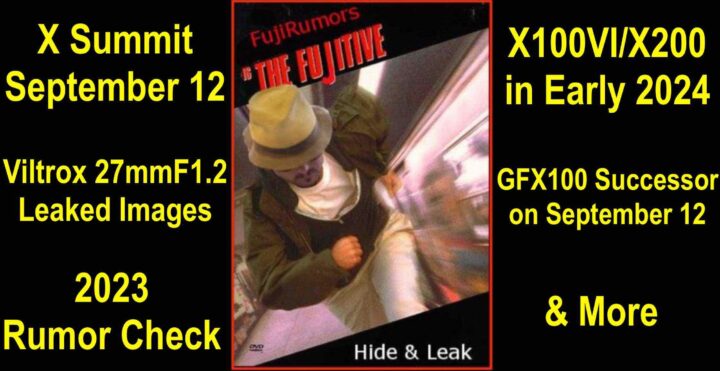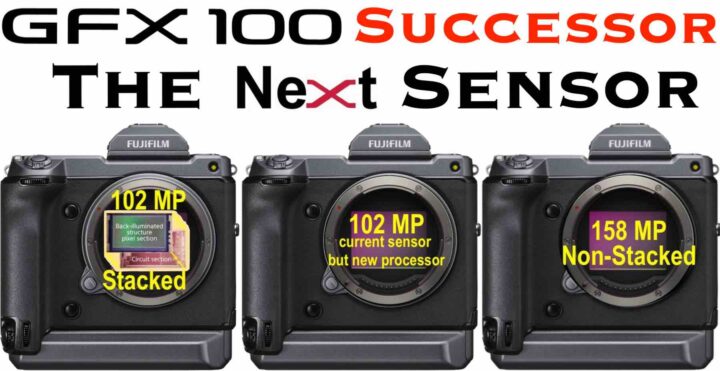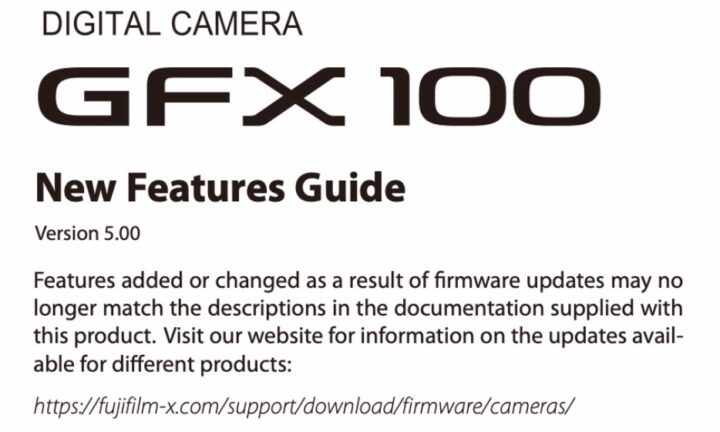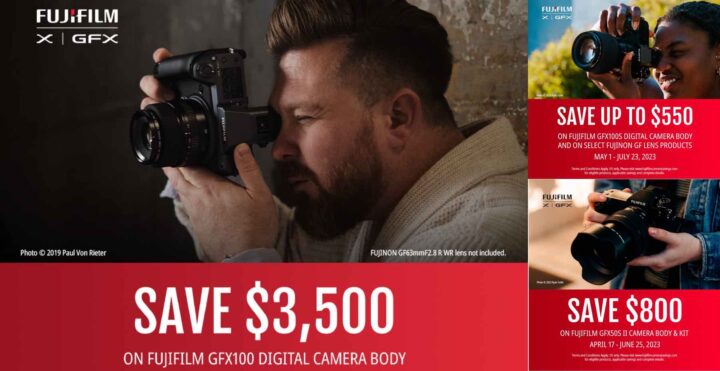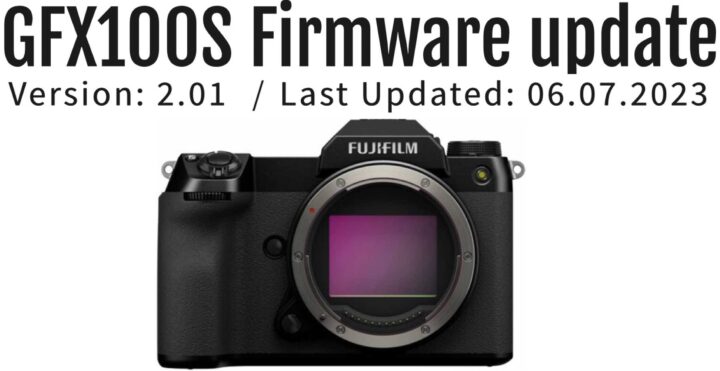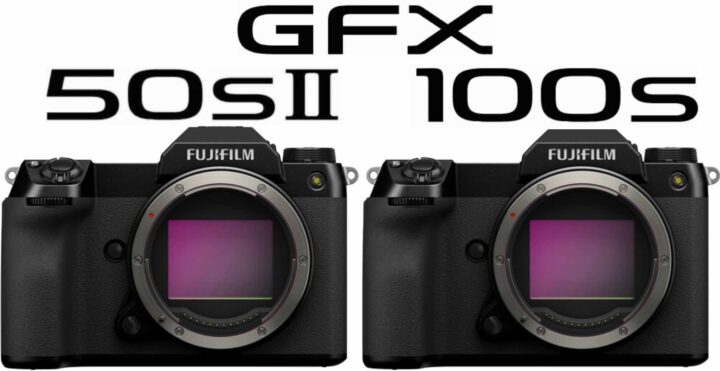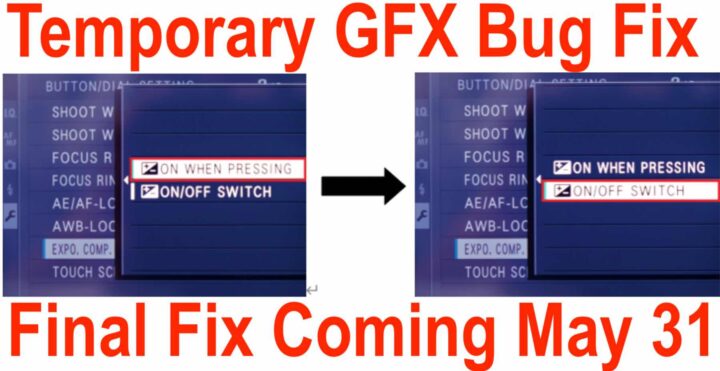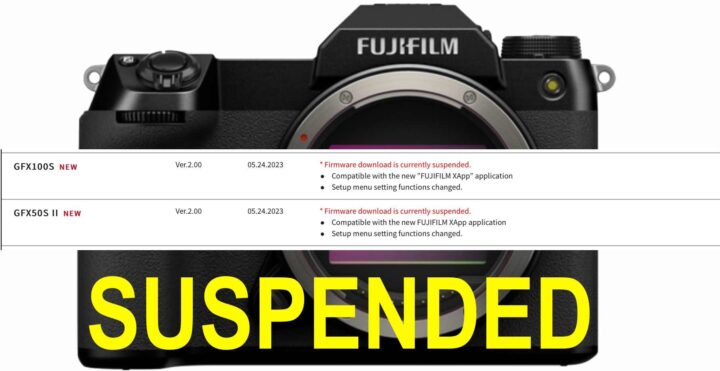Fujifilm X100V/GFX100 Successor Rumors, X Summit September 12 & More – What’s Coming and What we Got Right and Wrong (Mid 2023 Rumor Check)
Amazon Prime Deal Pages
- Amazon Prime Days Deal Pages
 Amazon USA
Amazon USA
 Amazon CA
Amazon CA
 Amazon DE
Amazon DE
 Amazon UK
Amazon UK
 Amazon FR
Amazon FR
 Amazon IT
Amazon IT
 Amazon ES
Amazon ES
 Amazon AUS
Amazon AUS
– Amazon of Your Country
FULL LIST OF SELECTED AMAZON PRIME DEALS
The Rumor Check
Two times a year we take a look at all the rumors we have shared during the year for two reasons.
- check how accurate we have been so far
- give you an overview over all remaining rumors in one single article ranked by reliability
And now that we are half the way through 2023, it’s time to give it a check so that you can check if FujiRumors is worth your time and trust.
- 30 rumors shared in 2023 so far (many more to come)
- 4 rumors still to be verified
- 24 correct rumors out of 25 verifiable rumors
- 1 wrong rumors
- 1 rumor out of ranking
- 96% correct rumors
Follow FujiRumors on Patreon, Facebook, Instagram, RSS-feed, Youtube, Flipboard and Twitter
Join Our Owners Groups
- Fujifilm GFX User Group
- Fujifilm X-T User Group
- Fujifilm X-S User Group
- Fujifilm X-H User Group
- Fujifilm X-E User Group
- Fujifilm X-Pro User Group
- Fujifilm X100 line Group

